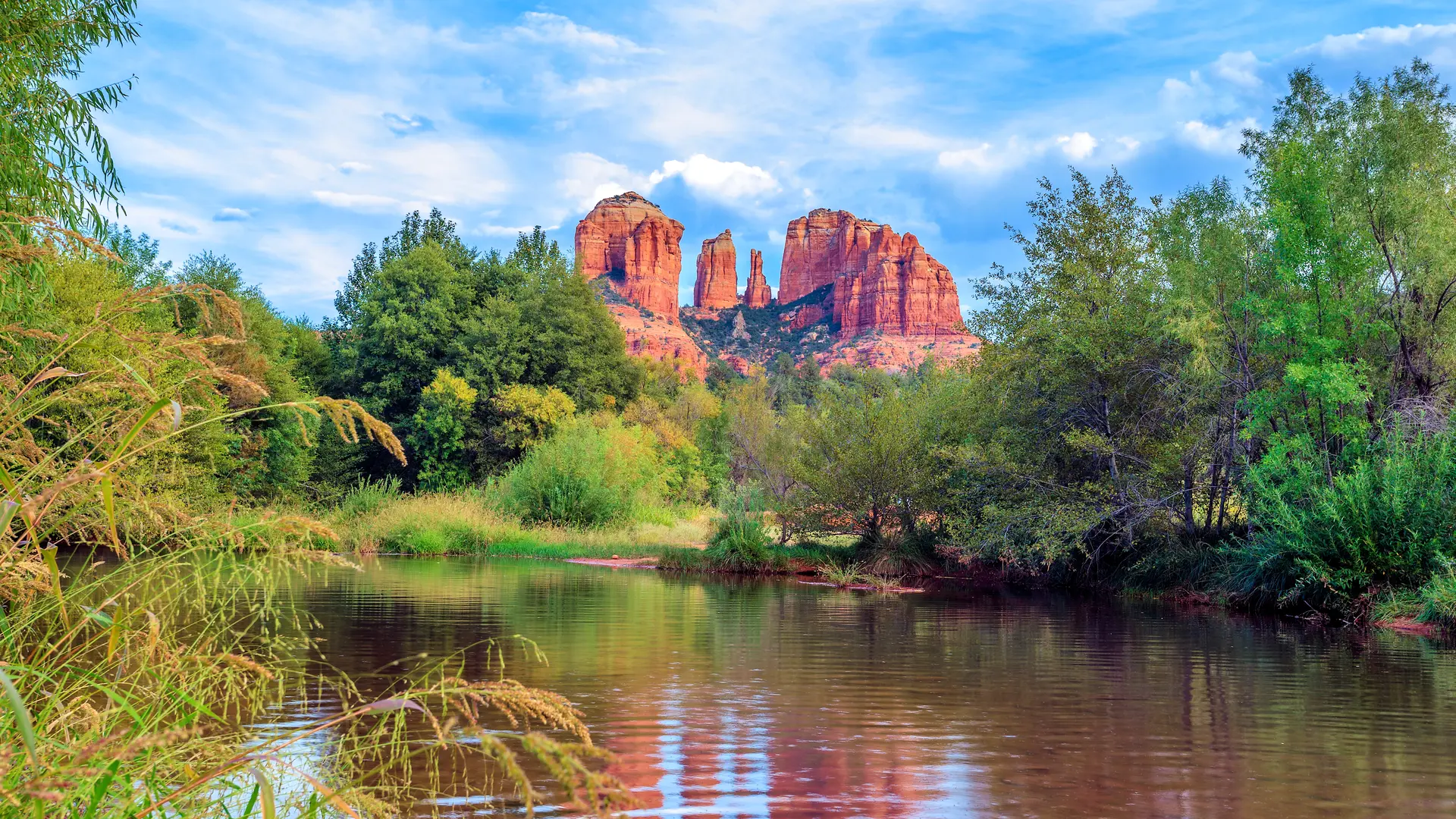
Kenya is world-famous for its safari hotspots-like Maasai Mara and Amboseli—but there’s another side to the country’s wild beauty that many travelers don’t see. I’m talking about the lesser-known national parks and reserves—hidden gems that offer unforgettable experiences without the crowds. Let’s explore three such places: Samburu National Reserve, Ruma National Park, and Kakamega Forest.
Nestled in Kenya's north along the Ewaso Ng’iro River, Samburu National Reserve covers around 165 km² and is home to some of Africa’s most unique animals. It’s not just beautiful—it’s special.
Why it stands out:
Visiting Samburu feels like stepping into a different world—arid, serene, and full of rare wildlife. It’s less crowded but every bit as magical. Ideal if you want a more intimate safari experience.
If solitude and peace are your thing, Ruma National Park in Western Kenya is where you’ll want to go. Spanning about 120 km² in the scenic Lambwe Valley, it’s a quiet, off-the-grid escape.
Highlights:
Note: Ruma is remote and minimally developed—bring your own essentials and be ready for a wild, peaceful adventure.
Long before savannah safaris, Kenya had tropical rainforests. Kakamega Forest, near Lake Victoria, is the last remnant of the West African rainforest that once stretched across the region.
What makes it special:
Walking Kakamega’s misty trails early in the morning—towering trees overhead, bird songs all around—is a memory you’ll never forget.
These under-the-radar spots—Samburu, Ruma, Kakamega—offer fresh, quiet, and richly rewarding safari experiences. They let you see Kenya’s beauty in a new way: one that’s about stillness, wonder, and authenticity.